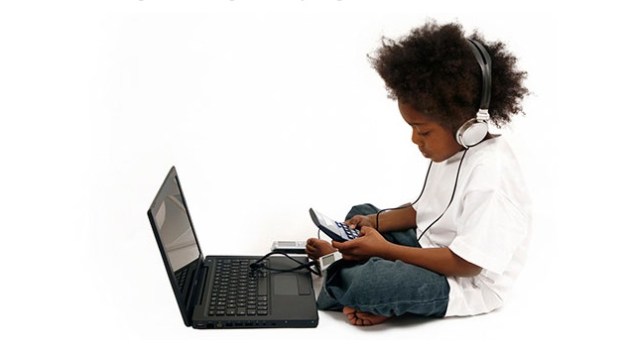 While the number of screens and touchscreens invading our homes may seem jarring and frightening to us adults, a new study suggests that children are quite capable of adapting to our high tech lifestyle. Researchers at the University of Brostol and Loughborough University (via ScienceDaily) have been examining the effect multiple electronic viewing devices has on children and how they interact with multiple devices at a time. The results are promising, depending on your point of view.
While the number of screens and touchscreens invading our homes may seem jarring and frightening to us adults, a new study suggests that children are quite capable of adapting to our high tech lifestyle. Researchers at the University of Brostol and Loughborough University (via ScienceDaily) have been examining the effect multiple electronic viewing devices has on children and how they interact with multiple devices at a time. The results are promising, depending on your point of view.
After questioning 10-11 year olds, scientists found that the kids enjoyed viewing multiple screened devices simultaneously–like using an iPad while watching television. The kids tended to use the device during breaks in their entertainment, talking or texting friends during commercials or if they’re watching something they don’t want to watch. The TV almost became background entertainment at times, with smartphones and other devices taking precedence.
The number of devices popping up also means that it is now harder for parents to disconnect their children from the digital world for any period of time. Dr. Jago from teh University of Brostol explains: “Health campaigns recommend reducing the amount of time children spend watching TV. However the children in this study often had access to at least five different devices at any one time, and many of these devices were portable. This meant that children were able to move the equipment between their bedrooms and family rooms, depending on whether they wanted privacy or company. So simply removing the TV from a child’s room may not be enough to address the health concerns and we need to work with families to develop strategies to limit the overall time spent multi-screen viewing wherever it occurs within the home.”
Of course, what this study doesn’t seem to go into is what the long term effects of such extensive multitasking might have on children. We already live in the age of ADHD. Will the next generation of kids be able to focus on anything for more than a few minutes? Will they need to?


